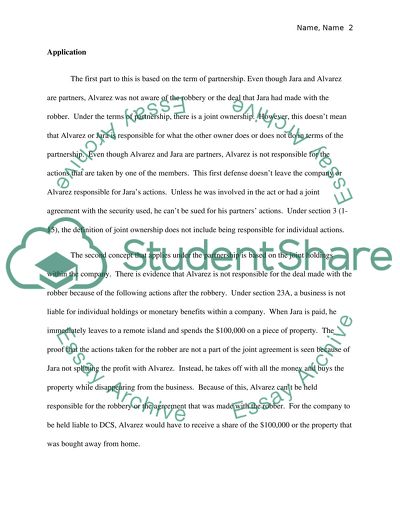Cite this document
(Law of Business Organisations Assignment Example | Topics and Well Written Essays - 3000 words, n.d.)
Law of Business Organisations Assignment Example | Topics and Well Written Essays - 3000 words. Retrieved from https://studentshare.org/law/1569828-law-of-business-organisations
Law of Business Organisations Assignment Example | Topics and Well Written Essays - 3000 words. Retrieved from https://studentshare.org/law/1569828-law-of-business-organisations
(Law of Business Organisations Assignment Example | Topics and Well Written Essays - 3000 Words)
Law of Business Organisations Assignment Example | Topics and Well Written Essays - 3000 Words. https://studentshare.org/law/1569828-law-of-business-organisations.
Law of Business Organisations Assignment Example | Topics and Well Written Essays - 3000 Words. https://studentshare.org/law/1569828-law-of-business-organisations.
“Law of Business Organisations Assignment Example | Topics and Well Written Essays - 3000 Words”. https://studentshare.org/law/1569828-law-of-business-organisations.


